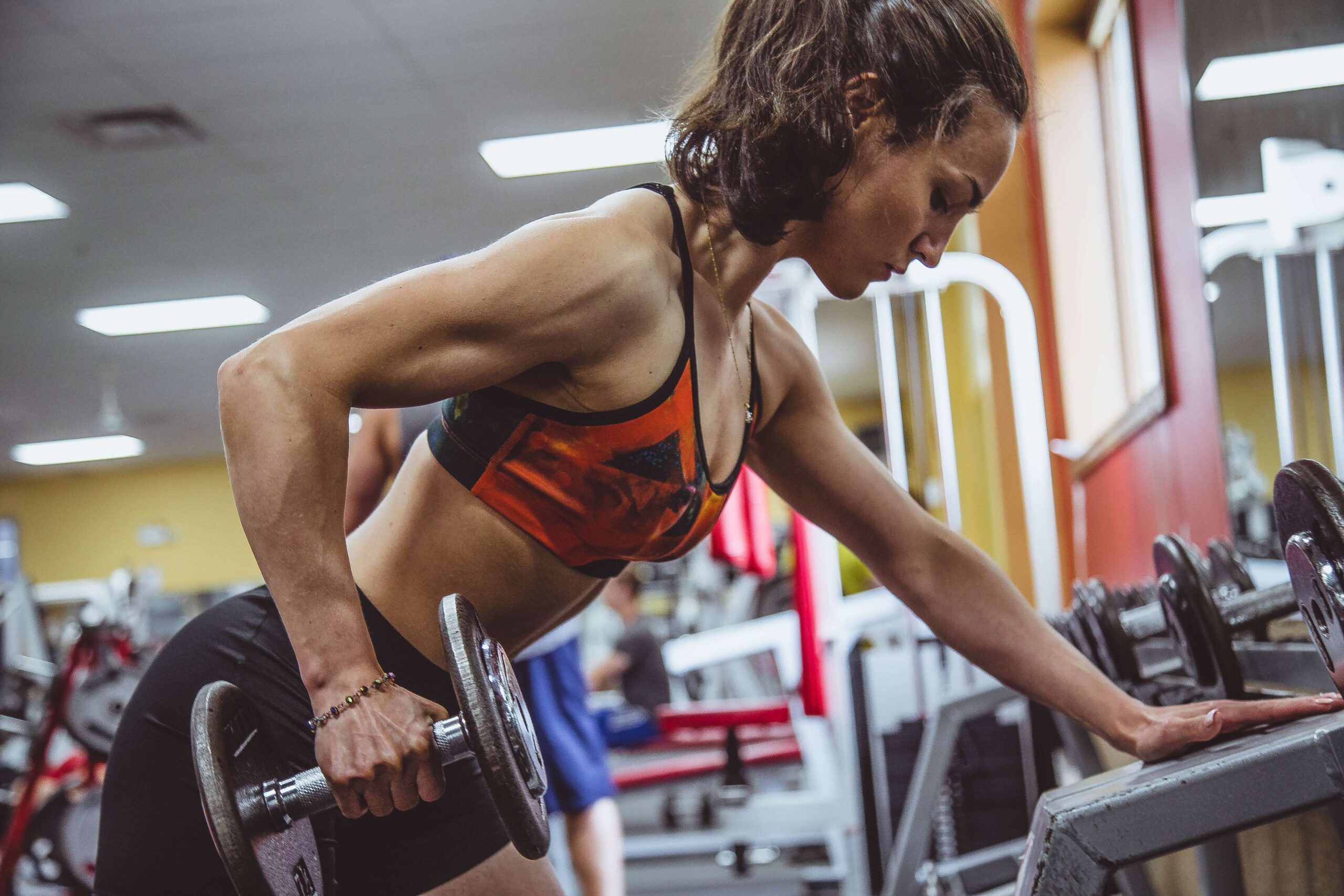Attention hikers, runners, surfers, skiers, windsport, tennis and pickleballers! No matter what your sport is, it’s time to think about off-season injury repair. Carrying over pain and injury from one season to the next can take both a physical and emotional toll. Knowing that there is a speedy solution that avoids surgery can provide peace of mind and begs the question, ‘Why didn’t I initiate these treatments sooner?’ At Oregon Regenerative Medicine, we’ve put some serious thought into the time it takes our bodies to repair and return-to-play after a series of treatments. The information provided below illustrates what you can expect after going through a series of treatments. This can be helpful when coordinating your healing process and future plans for your return-to-play.
What types of exercise will most benefit my off-season injury repair?
We can’t stress enough how important exercise and movement are in the recovery process. We want you to be active! However, it is important to employ a combination of exercises following regenerative stem cell or PRP treatment. While running, treadmill and other endurance exercises support the cardiovascular and circulatory systems, strength training or using resistance bands will more rapidly rebuild and repair your treated area in the immediate weeks following your treatment.
In a 2018 study entitled Adaptions to Endurance and Strength Training, the authors make this same point stating that “strength training leads to an increase in muscle strength and power as a result of neuromuscular adaptations, increases in muscle CSA (cross-sectional area) and alterations in connective tissue stiffness”1.
It is important to remember that continued cross training with slow and controlled isometric, eccentric, and concentric training with “doses” of aerobic/endurance exercises increases strength with less impact during your off-season injury repair. This combination of exercise can also lessen your risks of reinjury.
When will I feel the results of my injection treatment?
The natural process of tissue repair starts within two to four weeks of the initiation of PRP and stem cell treatment. More substantial pain relief occurs at between eight to twelve weeks.
This schedule of off-season injury repair parallels with exercise-induced tissue rebuilding that we see beginning two to four weeks after the initiation of slow burn resistance training, with more substantial muscle strength (and pain relief) at eight to twelve weeks post treatment. At six months, many of the progressive benefits of the procedure are setting in.
“A combination exercise training strategy promotes muscle regeneration, innervation, and vascularization in regenerated areas of volumetric muscle loss injury, even enhancing the healing effect of stem cell transplantation.”
What else can I do to enhance my off-season injury repair?
Learn why we recommend you use heat, and avoid ice: Muscle Injury: Heat, not ice, accelerates repair
Learn why we recommend you avoid NSAIDs and instead control pain with adjunct treatments like physical therapy, acupuncture and cupping:
- Ibuprofen hurts exercise
- Chronic Pain Increased with NSAID & Steroid Use
- Boost Regenerative Medicine Treatments: How metabolic support, cupping and acupuncture can skyrocket your results
Our return-to-play roadmap after regenerative injection treatments:

Dr. Stacey Guggino, ND, LAc graduated from the National College of Natural Medicine in Portland, Oregon with a Doctorate in Naturopathy and a Master’s degree in Oriental Medicine. For the past 12 years, she has specialized in treating pain and sports injuries with acupuncture and prolotherapy. Dr. Guggino has also studied and practiced aesthetic medicine for 11 years.
Sources
- Hughes DC, Ellefsen S, Baar K. Adaptations to Endurance and Strength Training. Cold Spring Harb Perspect Med. 2018 Jun 1;8(6):a029769.
- Chen J, Zhou R, Feng Y, Cheng L. Molecular mechanisms of exercise contributing to tissue regeneration. Signal Transduct Target Ther. 2022 Nov 30;7(1):383.
Photo by Alora Griffiths on Unsplash



